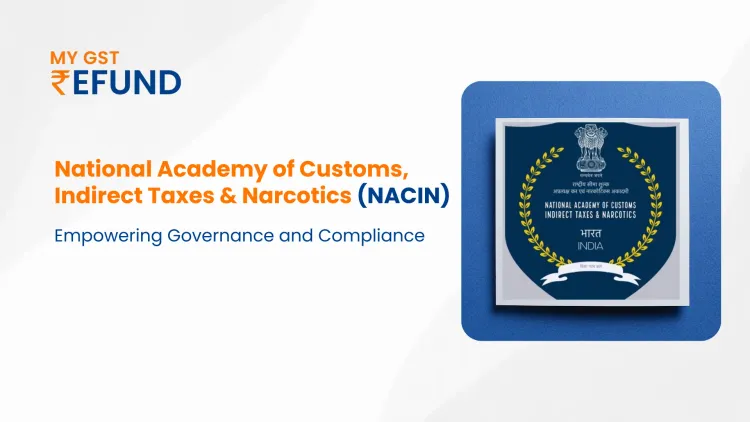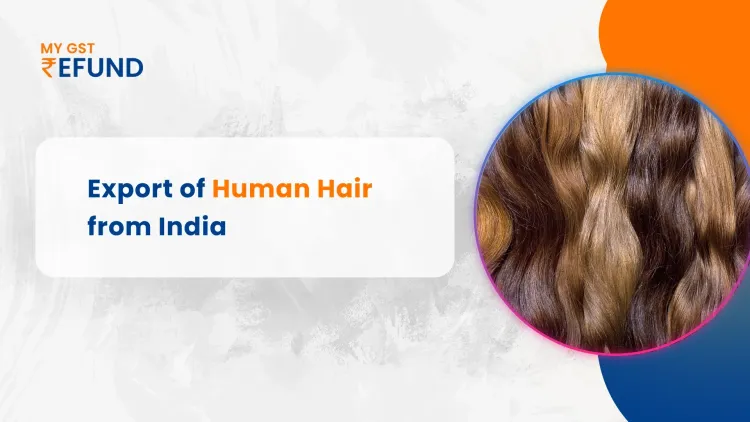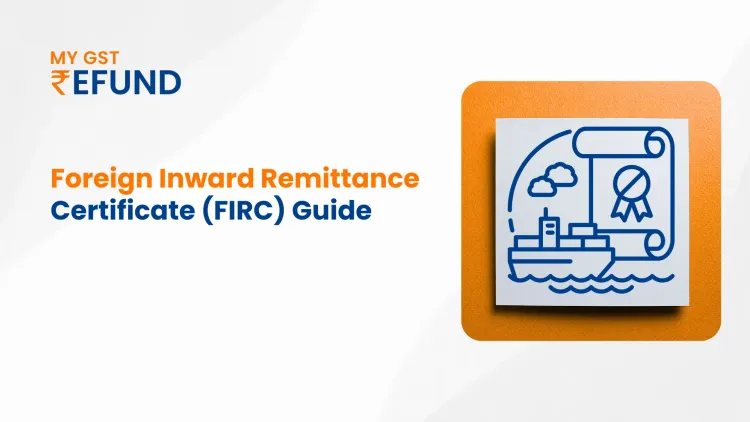The goods and services tax aimed to simplify and standardise the indirect taxes in India into a single cohesive unit by subsuming multiple state and central taxes. It benefited suppliers, consumers, and the government and transformed the indirect tax system. The introduction of GST has benefited the textile industry by eliminating multiple taxes and providing input tax credits. Before the implementation of GST, the textile industry was largely unorganised, which caused a considerable loss of tax revenue for the government. The government hoped to change this by applying GST on apparel, clothing and other textile products. The textile industry is one of the most important industries in India.
It is the second-largest sector of the economy of our country, next to agriculture, employing millions of people both in the skilled and unskilled sectors and contributing substantially to its per capita income. Indian apparel and textiles have global appeal and play an important role in exports, accounting for more than 14% of total exports. GST aimed to improve the cost-competitiveness of our textiles in global markets, thereby improving exports to a greater extent. The textile industry contributes a large portion to GST and helps in the development of the economy of the country. Therefore, it is important for us to understand the impact of GST on Clothes and other aspects of the tax on apparel, clothing, and textile products.
Impact of GST On Clothes and Textile Industry
It is expected that the tax rate under GST would be higher than the current tax rate for the textile industry. Natural fibers (cotton, wool) which are currently exempt from tax, would be taxed under GST. Despite this, the textile industry as a whole would benefit from the introduction of GST due to the following changes:
Break in the input credit chain
A significant portion of the textile industry in India operates under the unorganized sector or composition scheme, thus creating a gap in the flow of input tax credit. The input tax credit is not allowed if the registered taxpayers procure the inputs from composition scheme taxpayers or the unorganised sector. GST would enable a smoother input credit system, which would shift the balance towards the organised sector.
Reduction in manufacturing costs
GST is also likely to subsume the various fringe taxes like Octroi, entry tax, luxury tax etc. which would help reduce costs for manufacturers in the textile industry.
Input credit allowed on capital goods
Currently, the import cost of procuring the latest technology for manufacturing textile goods is expensive as the excise duty paid is not allowed as input tax credit. Whereas under GST, there will be input tax credit available for the tax paid on capital goods.
GST on Clothing and Apparel
In India, the Goods and Services Tax (GST) system simplifies how taxes are applied to various products, including clothing. Think of HSN codes as categories that help organise different types of items. For instance, Chapter 61 is for knitted clothes, while Chapter 62 is for non-knitted ones. When it comes to clothes, if something costs up to Rs. 1000, it's taxed at a 5% GST rate. But if it's over Rs. 1000, it follows a different tax schedule, specifically based on Chapter 62. The materials used in making clothes also affect the tax rates. For example, cotton has a 0% GST rate, the yarn has 5%, silk has 12%, wool has 18%, and nylon has 28%. So, depending on what the clothes are made of and their value, they're taxed differently under the GST rules.
GST on Cotton
The HSN code for cotton is categorised under Chapter 52. So, cotton items such as khadi yarn, and Gandhi topi are free from GST, and 5% GST is applied to all other cotton products including:
- Cotton
- Cotton waste
- Cotton thread is used for sewing Cotton yarn
- other than khadi yarn Cotton fabrics
GST on Silk
Chapter 50 of the HSN code is allotted for silk. GST is not applicable to raw silk, cocoons, silkworm eggs, or silk waste. A 5% tax is applicable for the following items:
- Silk yarn
- Woven fabrics of silk or silk waste
GST on Wool
In the HSN code, Chapter 51 covers wool, fine or coarse animal hair, horsehair yarn, and woven cloth. Here's a simplified explanation regarding the GST treatment for products within this category:
1. Exemption from GST: Waste wool, fine or coarse animal hair, and animal hair that has been carded or combed are exempt from GST. This means they are not subject to taxation under the GST system.
This exemption is applicable to these specific types of wool and animal hair, providing relief from GST for these raw materials and related products.
GST for Nylon and Artificial fibers
In the HSN code, Chapter 54 is dedicated to nylon, other artificial fibers, synthetic filaments, and similar synthetic textile materials. Here's a simplified explanation of the GST rates for products within this category:
1. Taxed at 5%: Man-made textile fabrics are subject to a 5% GST rate. This means these fabrics are taxed at a rate of 5%.
2. Taxed at 18%: For other products within this category, such as synthetic filament yarns (like nylon, polyester, acrylic, etc.) and artificial filament yarns (like viscose rayon, etc.), an 18% GST rate is applicable. This means these products are taxed at a higher rate of 18%.
GST Rates For Clothing and Apparel Based on HSN Code
GST for Clothing Based on Fibre of Goods
Frequently Asked Questions
What is the GST rate for clothes
The GST rate on clothes depends on their price:
For clothes priced below ₹1,000, the GST rate is 5%.
For clothes priced ₹1,000 or above, the GST rate is 12%.
Is GST included in the MRP of clothes?
Yes, GST is included in the MRP of clothes. The price you pay consists of both the base price and the applicable GST.
Is clothing GST free?
No, clothing is not GST-free. As mentioned, the GST rate on clothes is 5% or 12%, depending on their price.
Can we claim GST on clothes?
Generally, GST on clothes cannot be claimed as an input tax credit by end consumers, as clothing is typically a retail product. However, if you are in business and the clothing is purchased for resale, you may be able to claim input credit.
How much is GST on footwear?
The GST rate on footwear is:
5% for footwear priced below ₹500.
18% for footwear priced at ₹500 or above.
What is the GST rate for a saree?
The GST rate on sarees is typically 5%. However, if the saree is priced ₹1,000 or above, the rate could be 12%.
Related Posts








